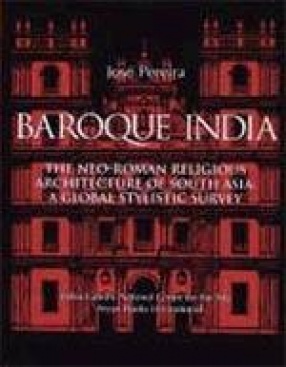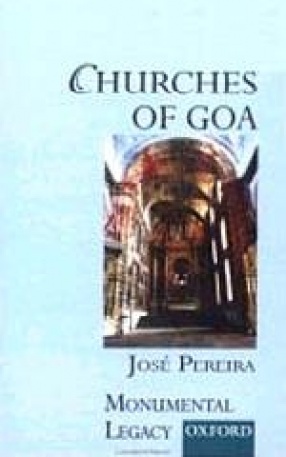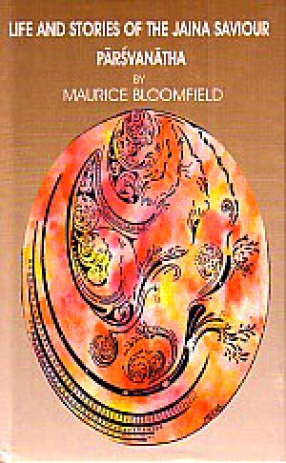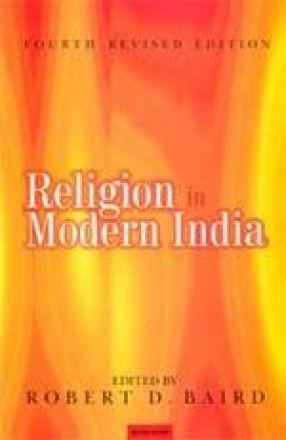Islamic sacred architecture has four major traditions, the Arab, the Iranian, the Turkish and the Indian. Historians of these traditions have for several decades been studying them with some thoroughness, so that it is now possible to survey them all panoramically as a single cultural phenomenon within the ambit of Islamic civilization. However, the first three traditions appear to be separated from the last by what may be called the Hindu Kush barrier. And such a panoramic survey has frequently been undertaken, but by scholars who seem to be more comfortable with the Arab-Iranian-Turkish Complex than with the Indian; the Indo-Muslim monuments appear to baffle them: it is as if the Hindu Kush barrier had stood in their way. What baffles them is the singular character of the Indo-Muslim structures, the singularity being due to the impact, on Muhammadan buildings, of the forms, aesthetics and symbolism of the stupa and temporal traditions, which are unfamiliar to most students of Muslim architecture. Conversely, historians specializing in Indo-Islamic architecture, and occupied with classifying and interpreting its overwhelming array of edifices, have frequently lacked the opportunities "to familiarize themselves with the traditions to the west of the Hindu Kush. Islamic Sacred Architecture is the work of one who was professionally trained in the history of Indian art (Hindu, Buddhist and Jain) and who has also had the good fortune to travel over much of the Muhammadan world on both sides of the Hindu Kush, and thus has got to know most of the major monuments of the world at first hand. He has also traveled as an architectural pilgrim in Europe and in parts of Latin America. This wide exposure to the monuments of Eurafroasia and America has enabled him, he believes, to overcome the Hindu Kush barrier, and thus to see the sacred architecture of Islam steadily and to see it whole. In addition, his familiarity with Indian and European architecture, particularly the Baroque, has allowed him to appreciate, on the one hand, the interaction of the styles of Islam and Europe, and, on the other, of those of Islam and the Indian subcontinent.
ABOUT THE AUTHOR Jose Pereira
JOSE PEREIRA, Born in Bombay in 1931, B.A. (Hons.) in Sanskrit, University of Bombay (1951). Ph.D. in Ancient Indian History and Culture, University of Bombay(1958). Adjunct Professor of East-West Cultural Relationships at the Insituto Superior de Estudos Ultramarinos, Lisbon (1959-1960). Research Fellow in the History of Indian Art, School of Oriental and African Studies, University of London (1962-1966). Research Associate in the History of Indian Art, The American Academy of Benares, Varanasi(1967-1969). Professor of Theology, Fordham University, New York (1970 to present). Pereira has published 14 books and over 130 articles on theology, history of art and architecture, and on Goan and Konkani culture, language and music. MICAEL MARTINS (29 October 1914-9 February 1999) born at Ol-lli/Orlim, Goa, in 1914. Studied music in Goa, and in Bombay with renowned music teachers. Performed for various musical societies in Bombay and Delhi and directed musical groups like the Coro Sacro and the Micael Martins String Quartet. Conducted the opera Geisha (1953). Was orchestra leader of films (Films Division Orchestra, 1949, Rajkamal Kala Mandir Orchestra, 1949). Participated in concerts in Delhi, where, in 1962, he performed alongside Lata Mangeshkar and Mohammed Rafi, and, in 1972, at the inaugural function of the Delhi Symphony Orchestra. Martins began his research into traditional Goan Song in 1933. Collaborated with Jose Pereira in recording Goan songs from 1954, collecting as many as 11,000 numbers. Martins and Pereira published some of those songs in Marg (1954) and Goan Tribune (1956-1957). They also published monographs of Goan Song in A Sheaf of Deknnis (Bombay: Konkan Cultural Association, 1967) and “Song of Goa. An Anthology of Mandosâ€, in the Boletim do Instituto Menezes Braganca, no 28 (1981). Martins was a prolific composer of classical musical forms, incorporating themes of Goan folk and art song into his compositions. He composed masses, hymns, profane songs and instrumental pieces – particularly excelling in the latter, outstanding examples of which are the following:
Rapsodia (1952), Carnaval em Goa (1953). Quatro Aguarelas (1953), Crepusculo de Estrelas Moribundas (1960), and Festival (1971). Micael Martins is renowned as the greatest classical composer in the history of Goan music.






There are no reviews yet.